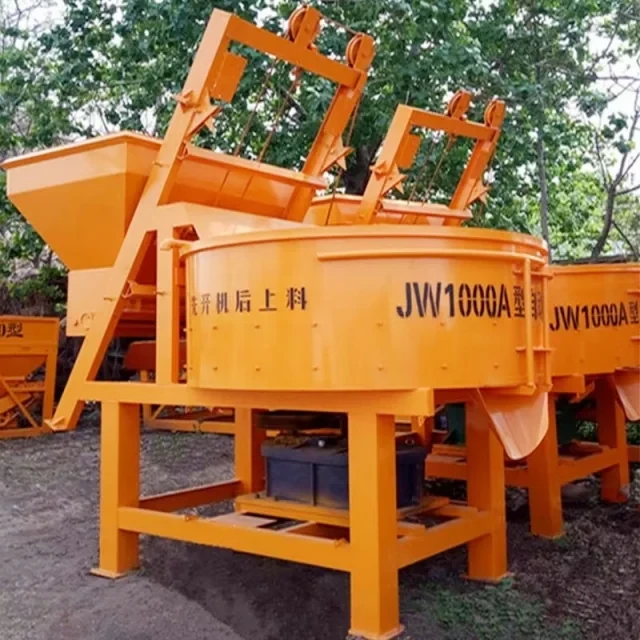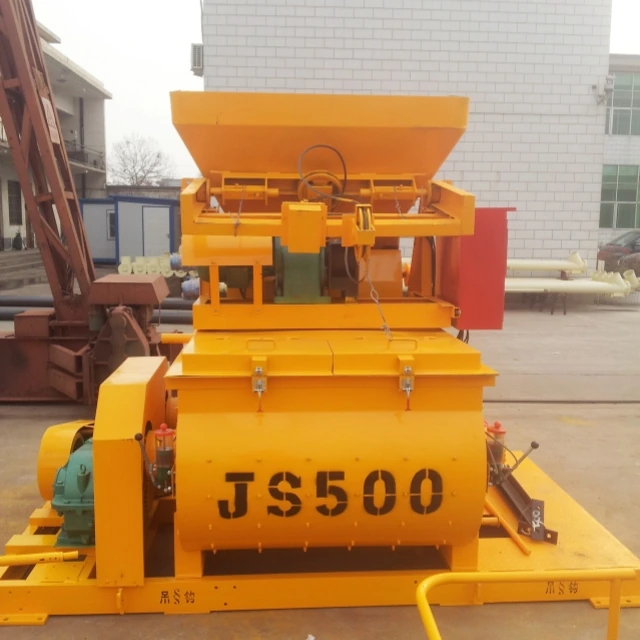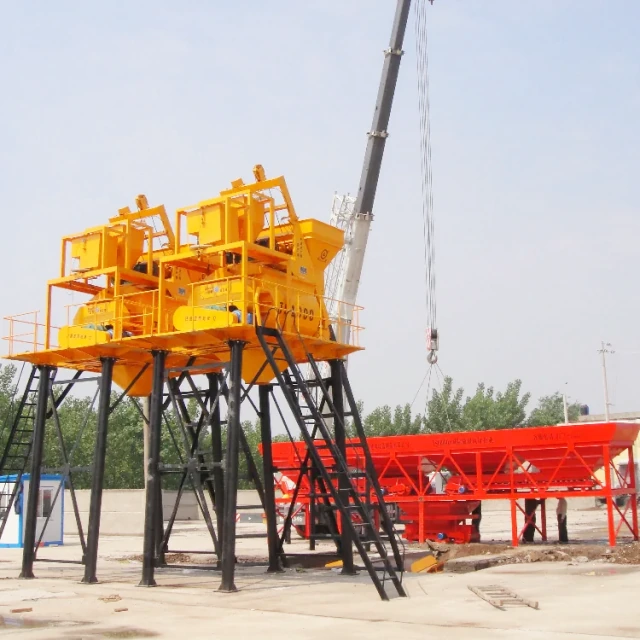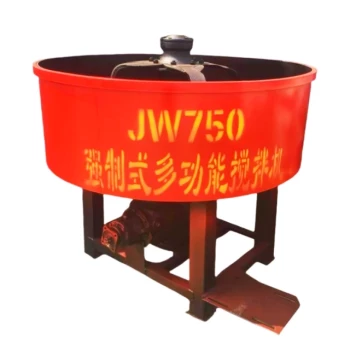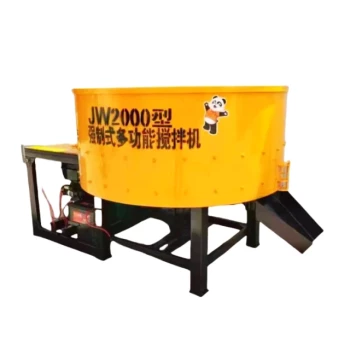Introduction
Electrical failures in concrete mixers account for nearly 17% of construction equipment fires (OSHA, 2022). This guide provides a standardized, safety-compliant process to inspect wiring, connectors, and power systems in industrial mixers—helping operators prevent costly downtime, regulatory violations, or workplace injuries. Whether you're a site supervisor or maintenance technician, these actionable steps align with NFPA 70E and OSHA 1926 standards to mitigate risks.
Electrical System Risks in Concrete Mixers
Common Hazards from Faulty Wiring
Concrete mixers face unique electrical threats due to:
- Vibration damage: Loose wire nuts or frayed insulation from constant movement
- Moisture corrosion: Exposure to water or cement slurry degrading terminals
- Overloads: Undersized circuits overheating during prolonged mixing cycles
Ever noticed flickering mixer lights? That’s often phase imbalance from damaged cables.
Regulatory Standards for Industrial Equipment
Compliance isn’t optional. Key benchmarks include:
- OSHA 1926.404: Mandates ground-fault protection for all 120V+ equipment
- NFPA 70E Article 110: Requires arc-flash risk assessments before servicing live circuits
- ISO 19432: Specifies IP54-rated enclosures for outdoor mixer components
Comprehensive Inspection Methodology
Pre-Inspection Safety Preparations
- De-energize the system: Lock out/tag out (LOTO) the main power supply.
- Wear PPE: Insulated gloves (Class 00), arc-rated face shields, and dielectric boots.
- Check surroundings: Clear standing water or conductive dust within 10 feet.
Tools and Equipment for Effective Testing
- Non-contact voltage tester (validated daily)
- Megohmmeter (500V DC minimum) for insulation resistance checks
- Thermal imaging camera to detect hot spots in terminal blocks
Detailed Checklist for Wires, Connectors, and Plugs
| Component | Test Method | Pass Criteria |
|---|---|---|
| Power cord | Visual + tug test | No cracks, bends ≤90° |
| Ground wire | Continuity test | ≤1 ohm resistance |
| Motor leads | Megger test | ≥100MΩ insulation resistance |
Pro Tip: Label all tested components with inspection dates using UV-resistant tags.
Maintenance and Compliance Best Practices
Scheduling Routine Inspections
- Daily: Quick visual checks for exposed wires or burnt smells
- Monthly: Torque verification on terminal connections
- Annually: Full thermal scan and dielectric testing
Documenting Findings for Audits
Create a digital log tracking:
- Date/time of inspection
- Identified issues (e.g., "Phase 2 wire insulation cracked – 3cm")
- Corrective actions taken (reference work order #)
Tools like Garlway’s winch-mounted diagnostic systems can automate data recording for mixed fleets.
Conclusion: Building a Culture of Electrical Safety
Adopting this inspection framework reduces equipment-related incidents by up to 63% (BLS, 2021). Remember:
- Prioritize prevention—85% of failures show early warning signs.
- Train teams on recognizing hazards like discolored conduits or buzzing relays.
- Partner with trusted brands for compliant replacement parts when repairs exceed safe limits.
By treating electrical inspections as mission-critical—not just compliance checkboxes—you protect both personnel and productivity.
Products You Might Be Looking For:
View portable electric concrete mixers
Explore hydraulic mortar mixing equipment
Related Products
- JDC350 Small Cement Concrete Mortar Mixer
- HZS90 Large Multiquip Concrete Mixers for Construction
- Construction Products Concrete Plant Machine Mixing Concrete Mixer
- Auto Concrete Cement Mixer Machine New
- Commercial Construction Mixer Machine for Soil Cement Mixing Concrete
Related Articles
- How to Master Concrete Mixer Operation: Training, Certification, and Safety Protocols
- How Ignoring Concrete Mixer Manuals Endangers Workers and Invites Legal Consequences
- How to Test Concrete Mixer Brake Systems for Optimal Safety and Compliance
- How to Classify and Resolve Concrete Mixer Hazards with Compliance
- How to Conduct OSHA-Compliant Concrete Mixer Inspections: A Safety-First Checklist
